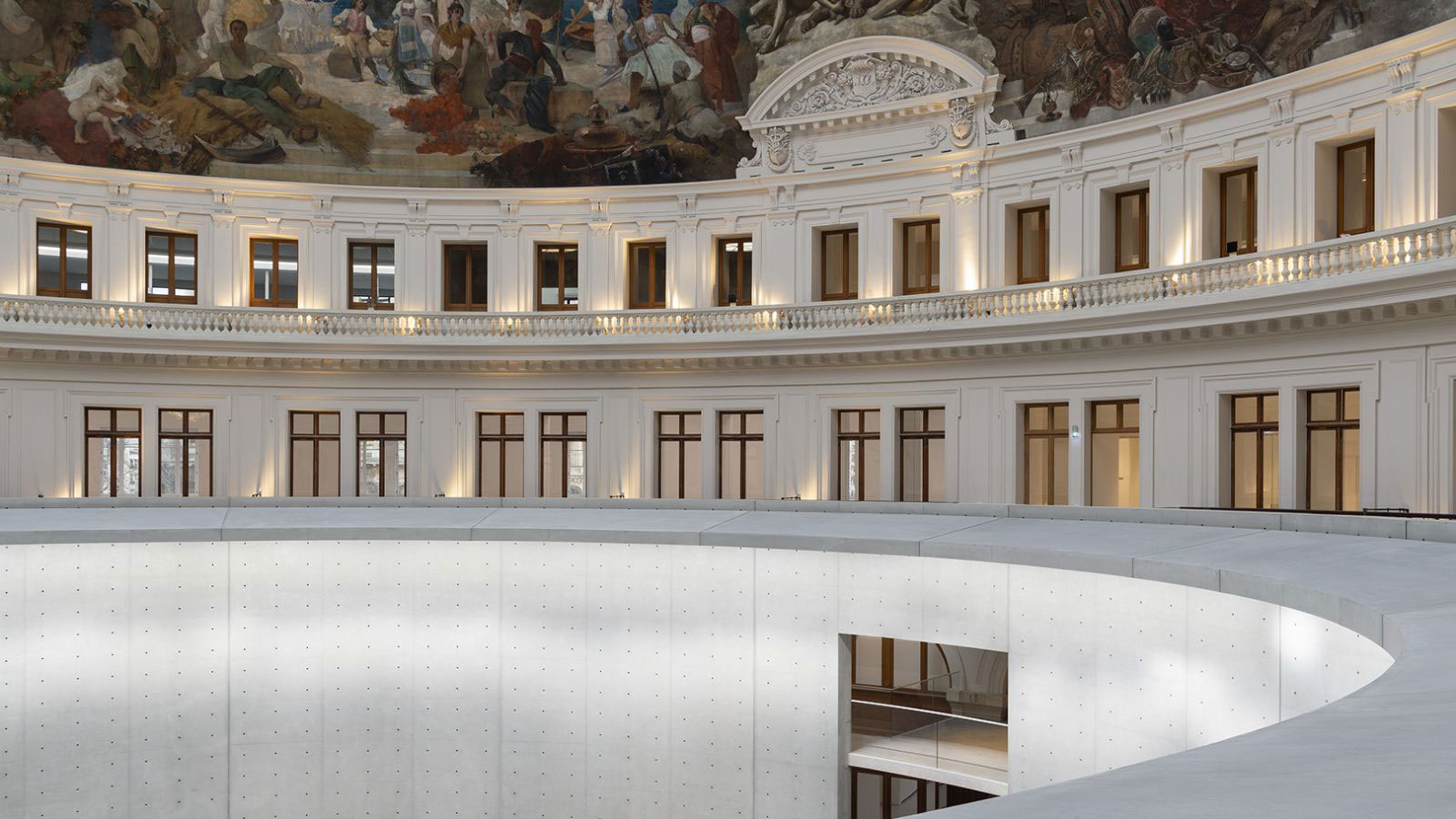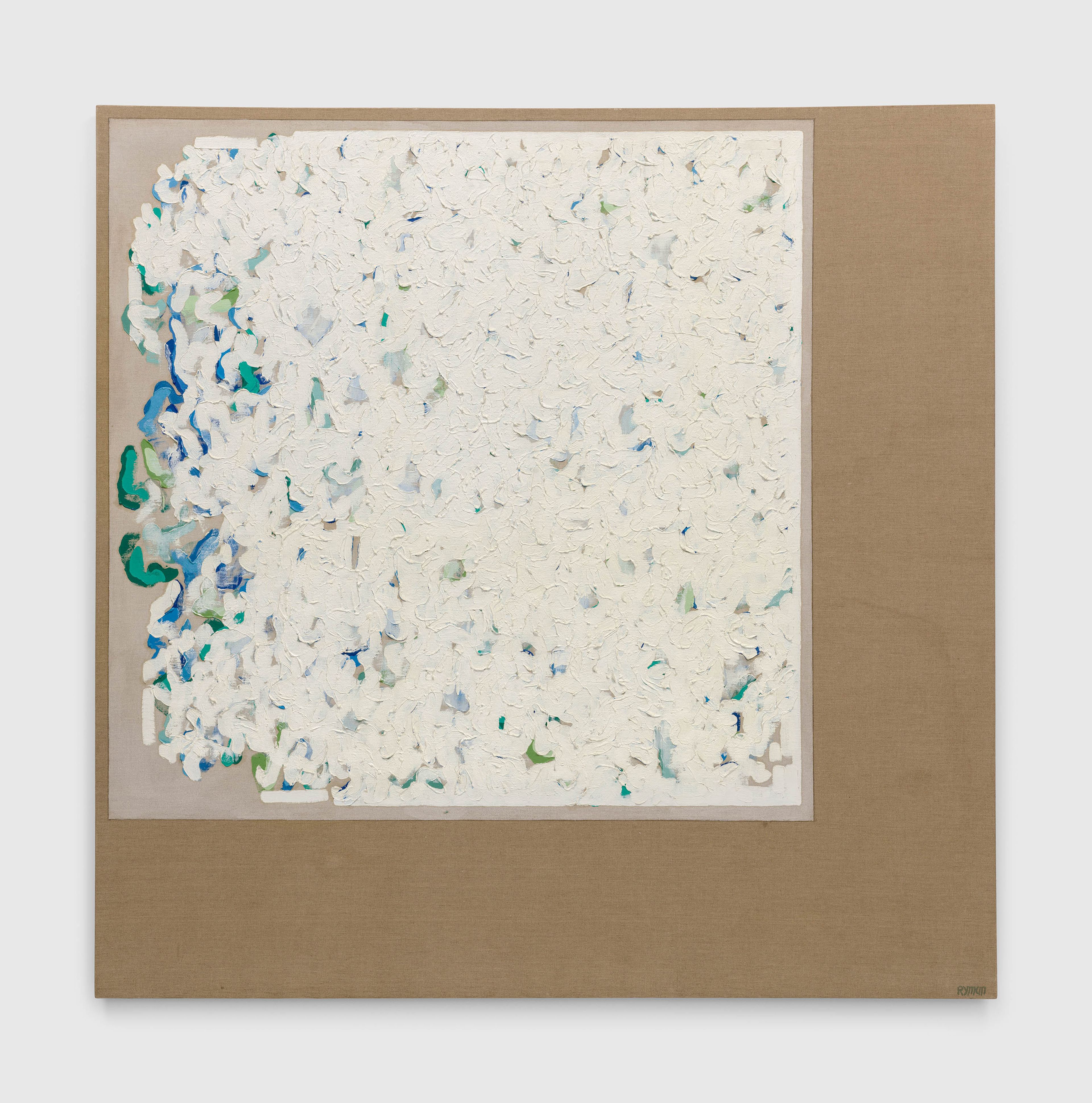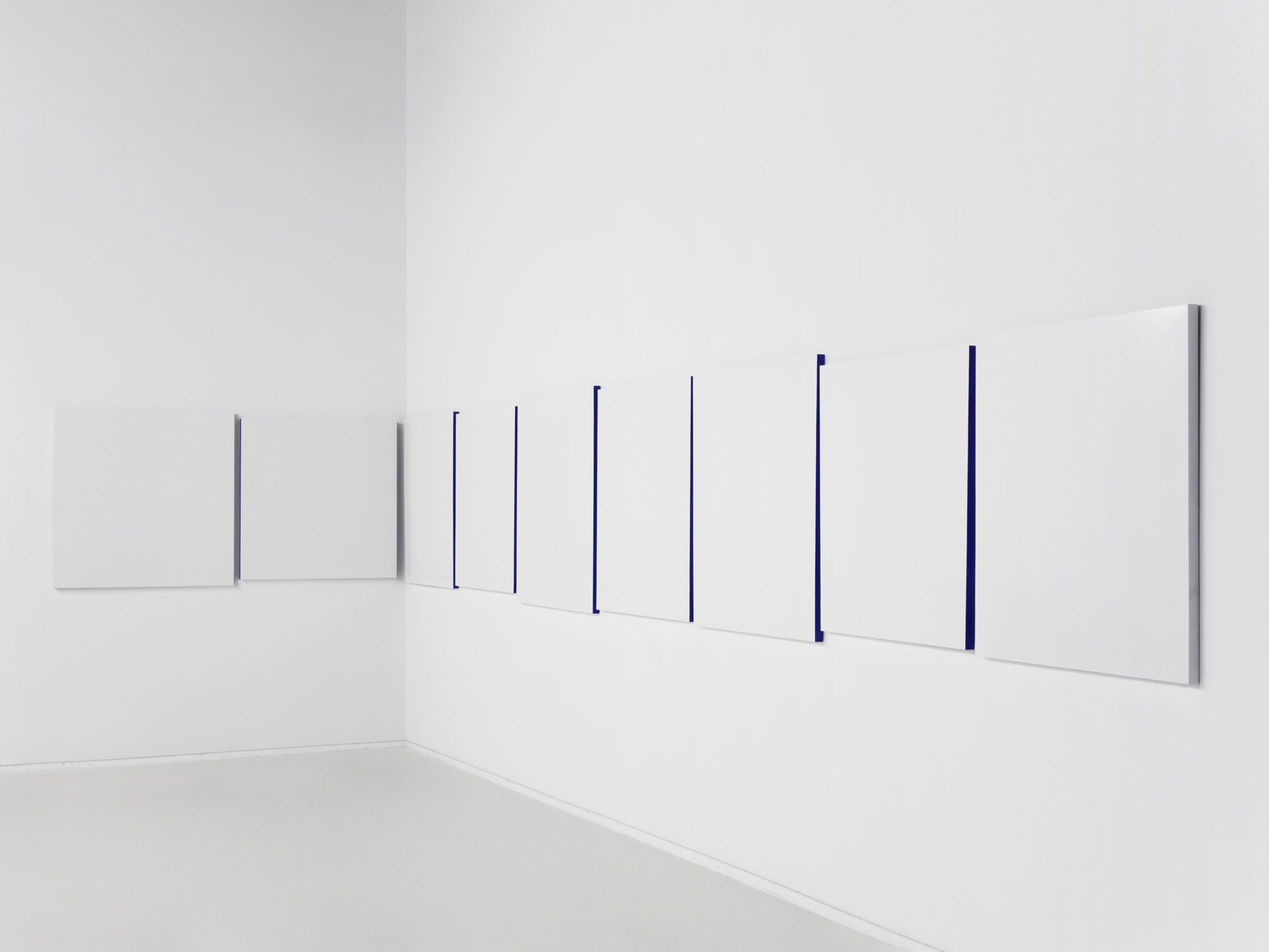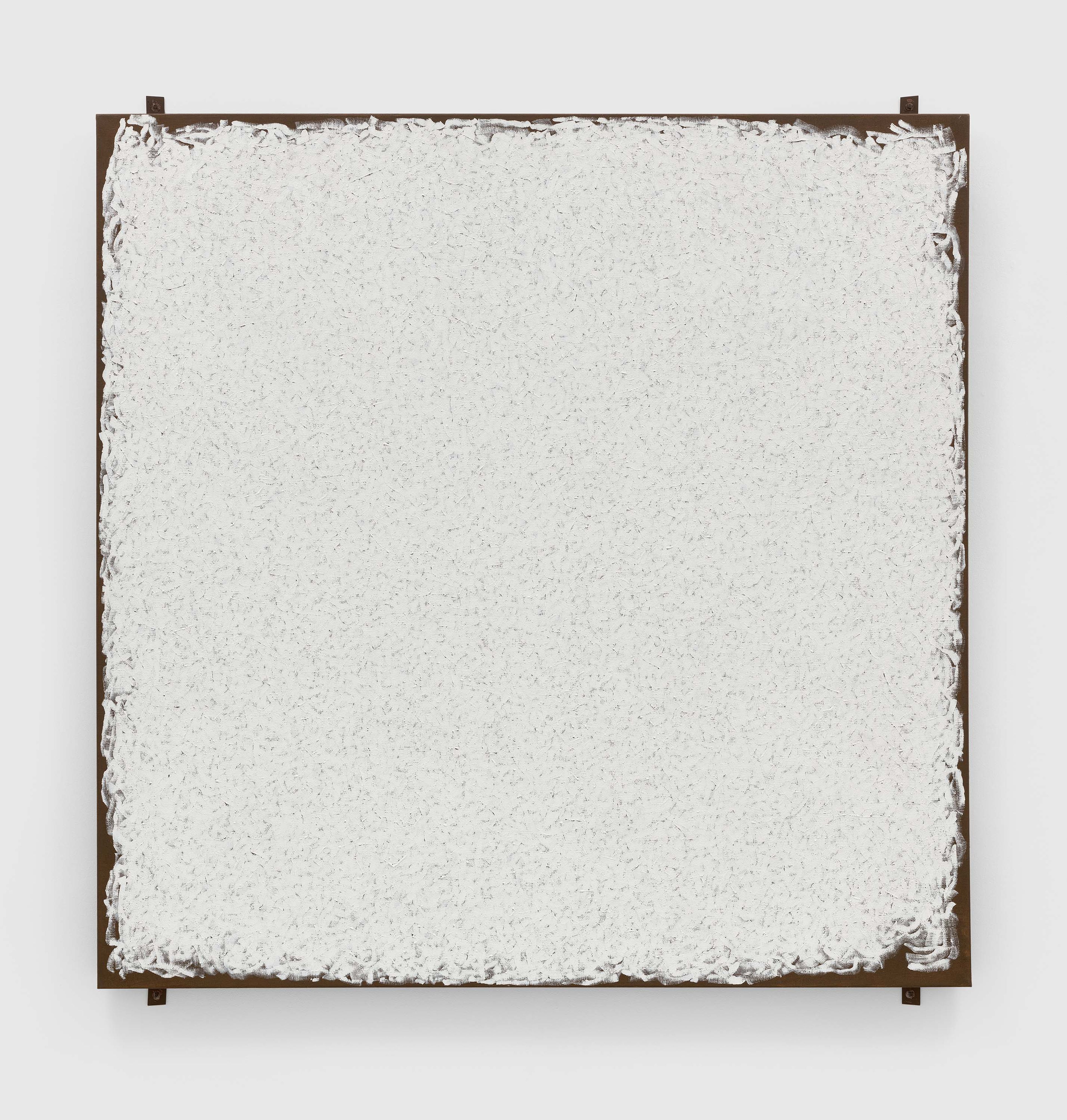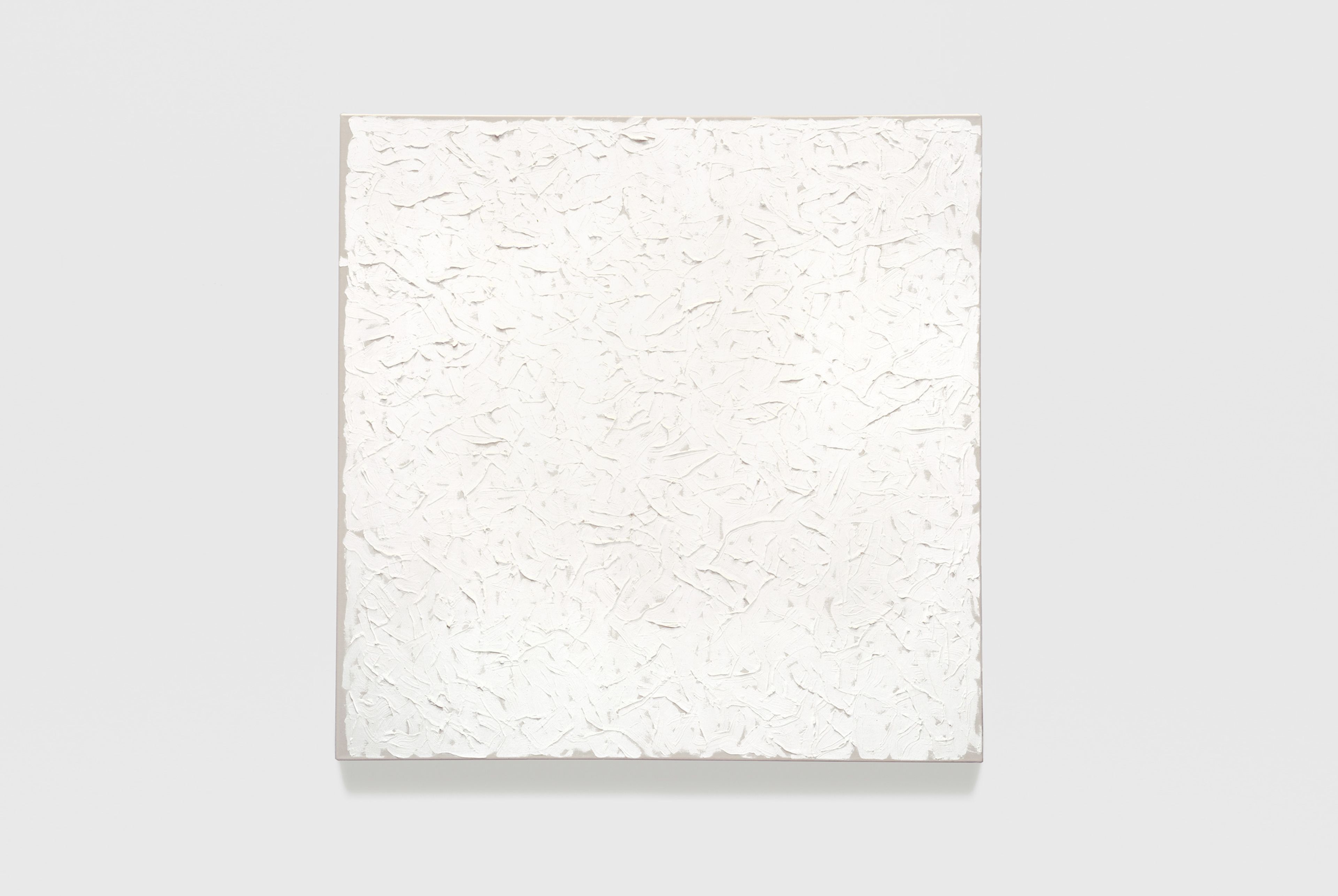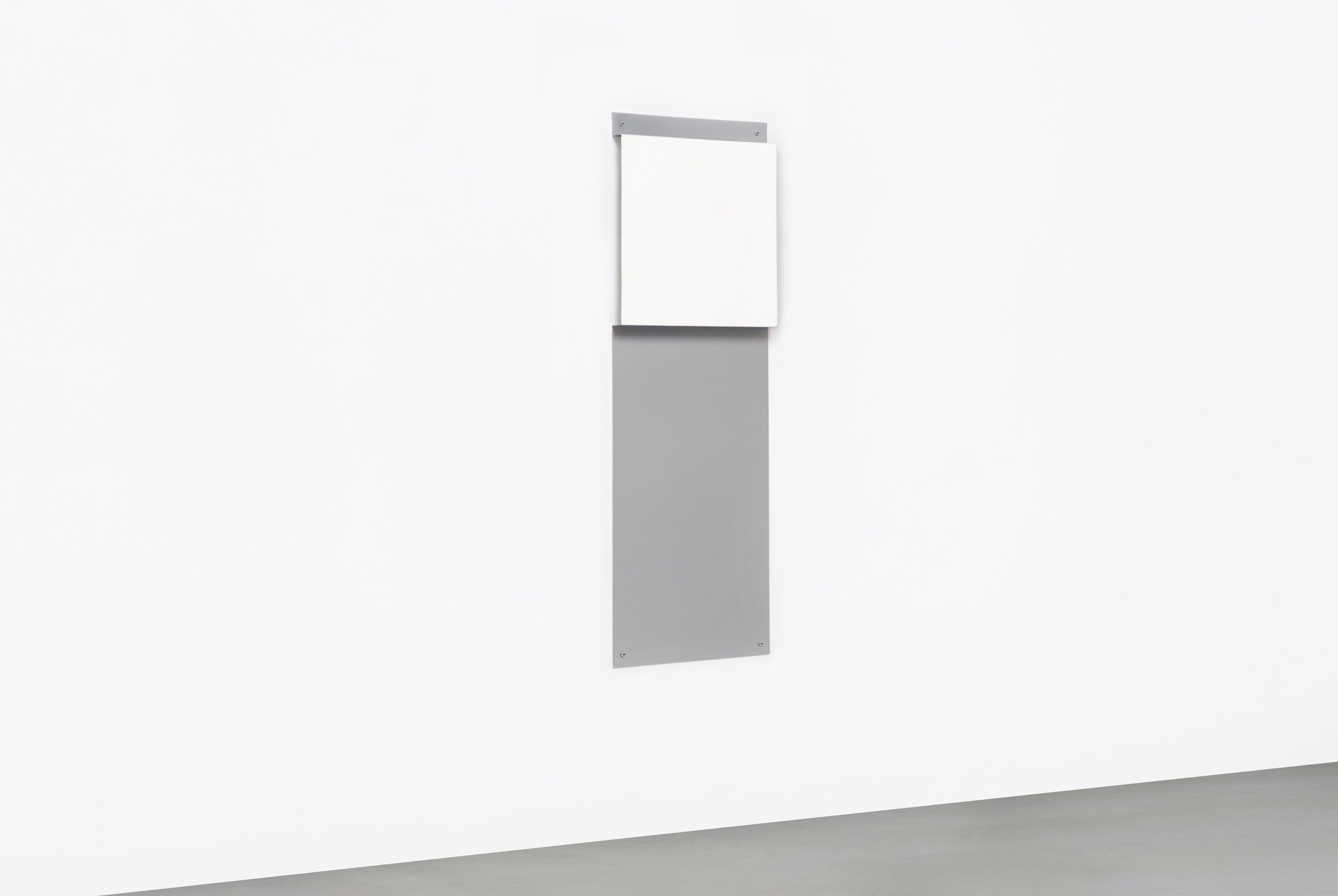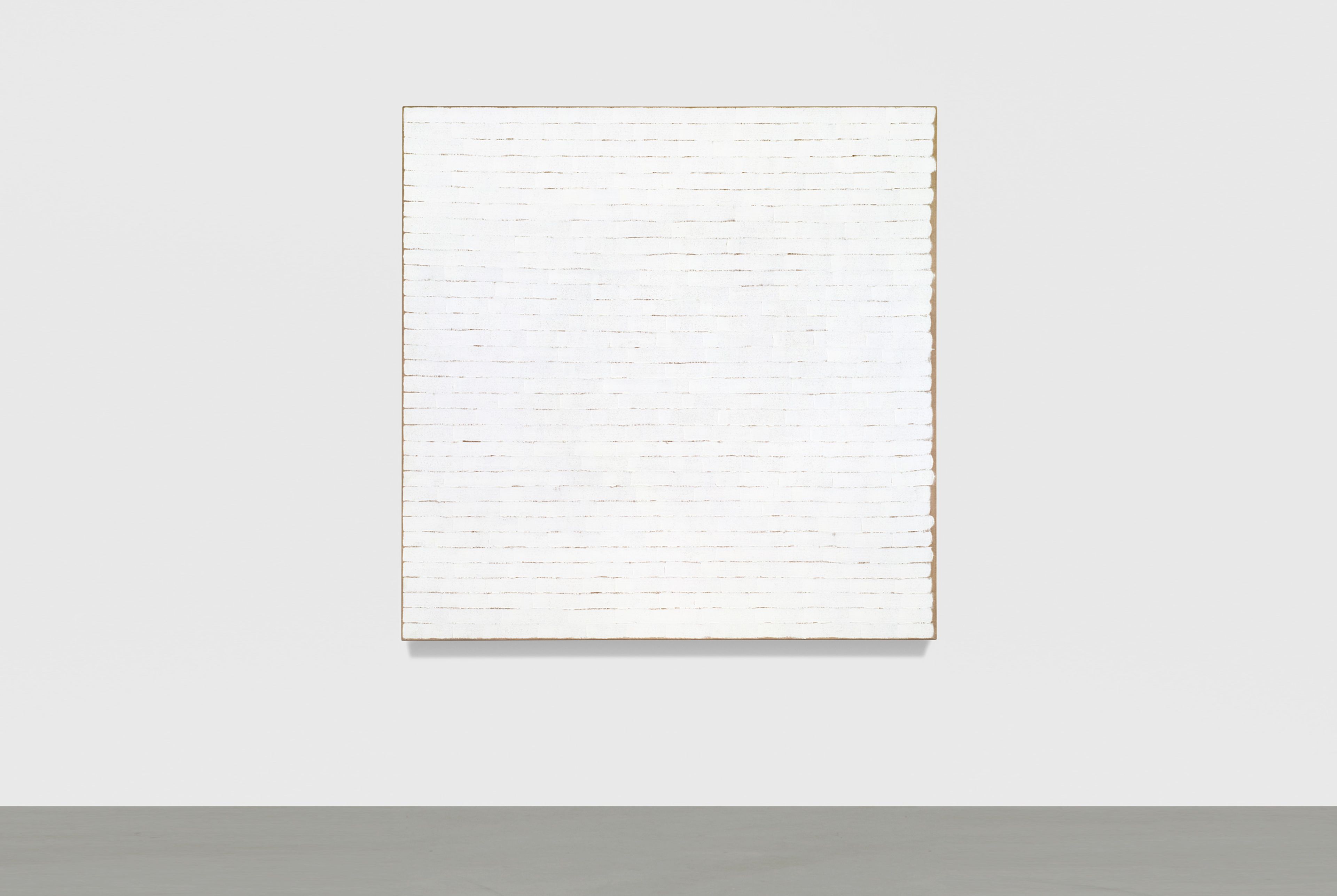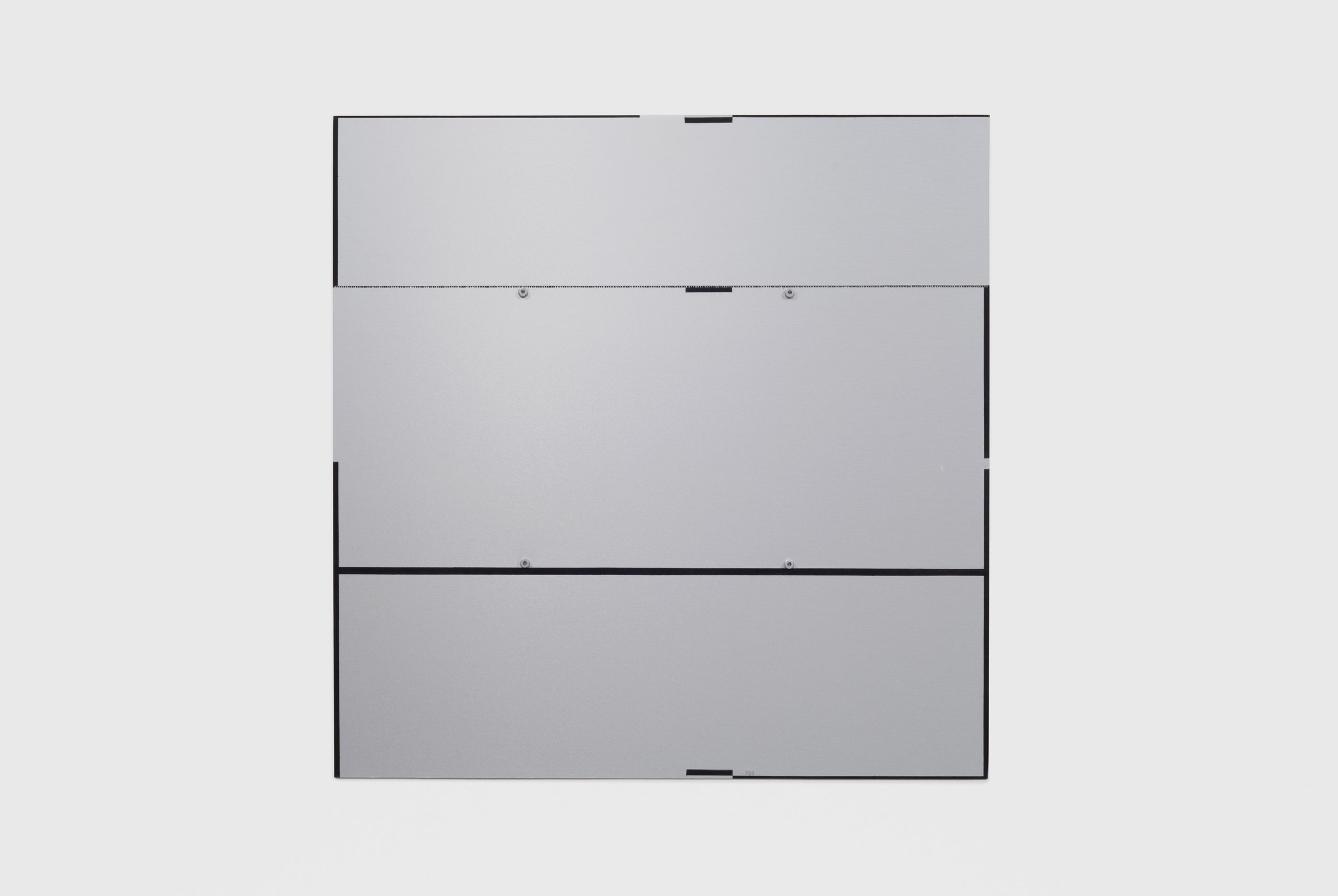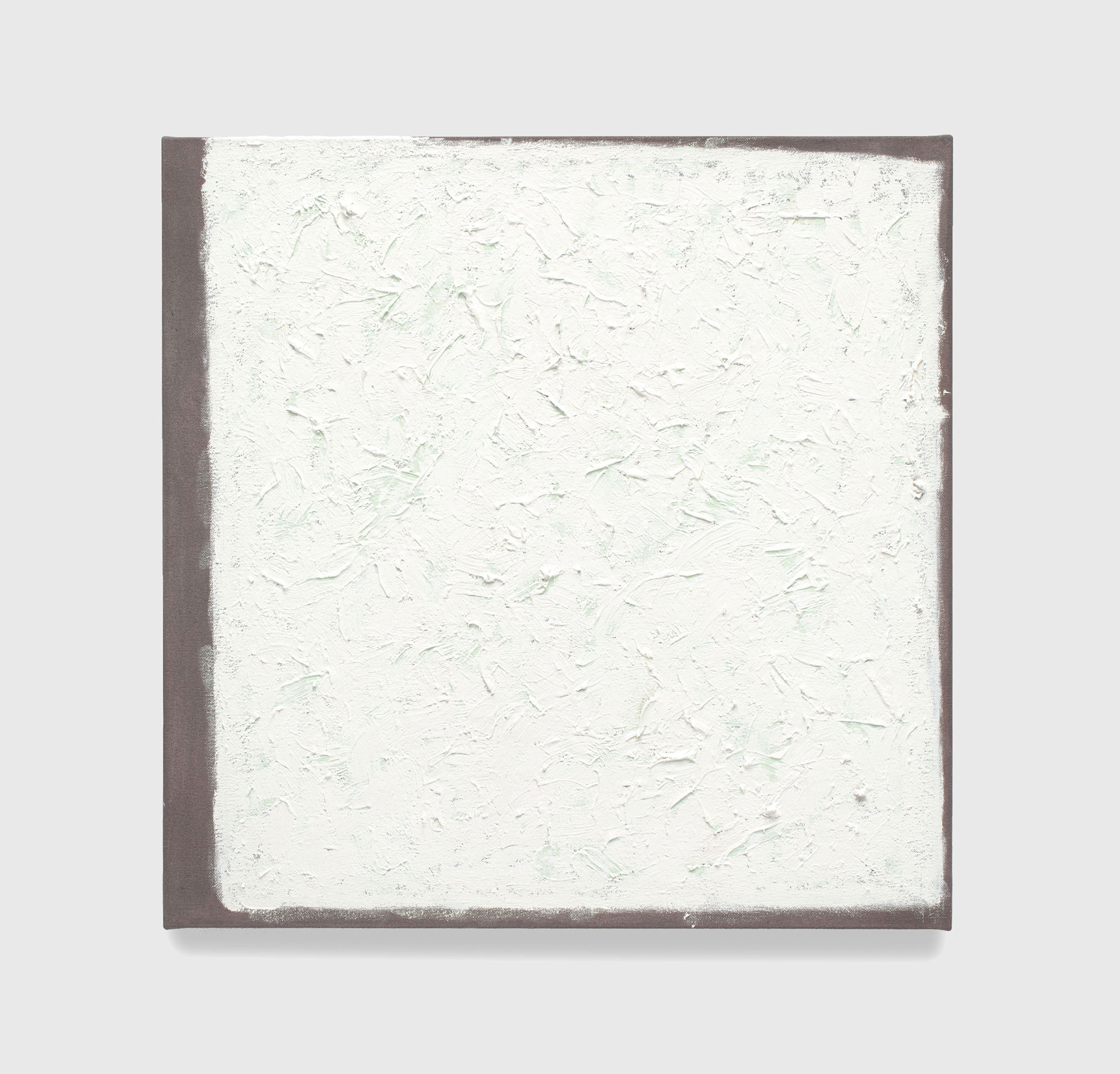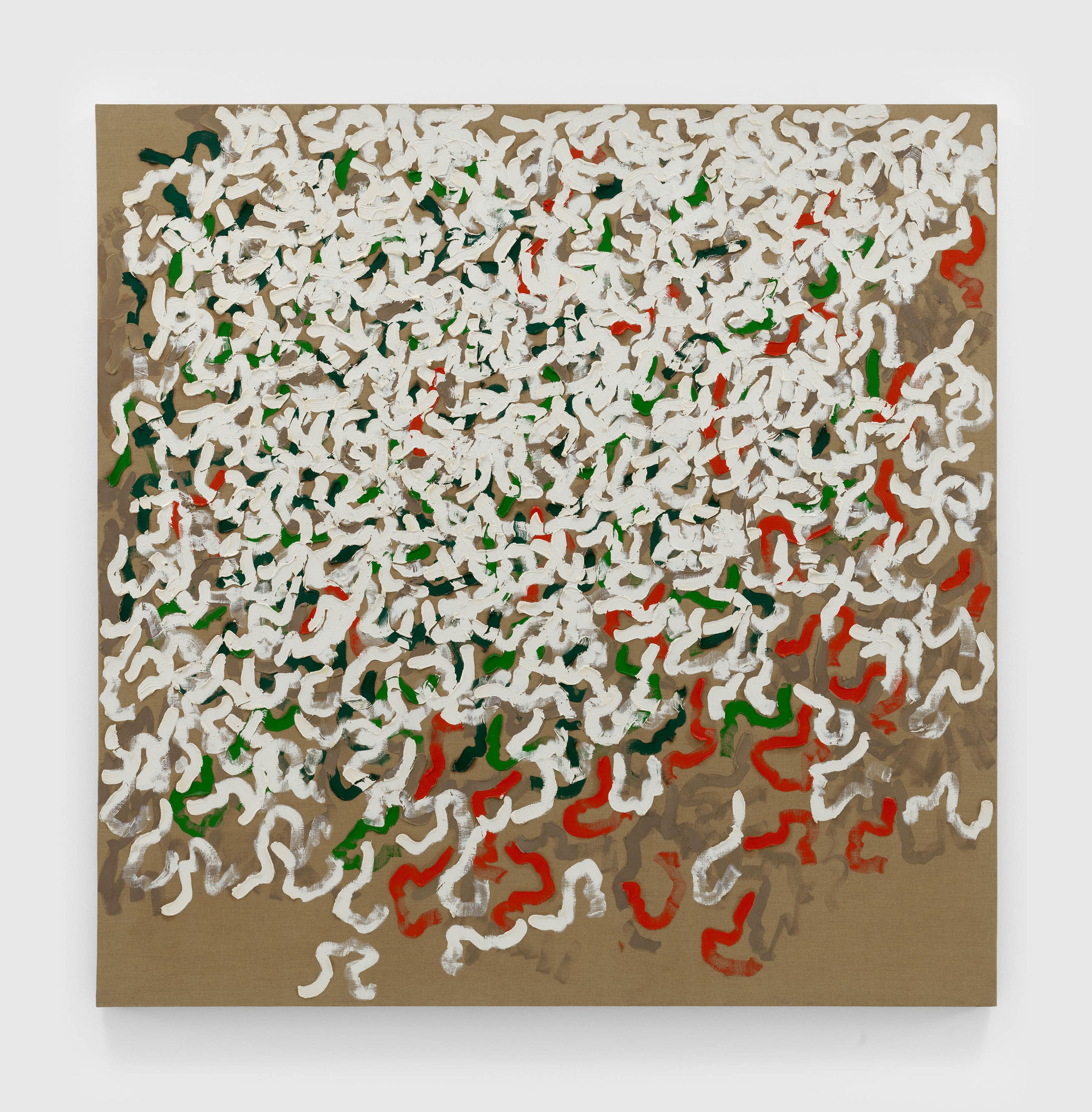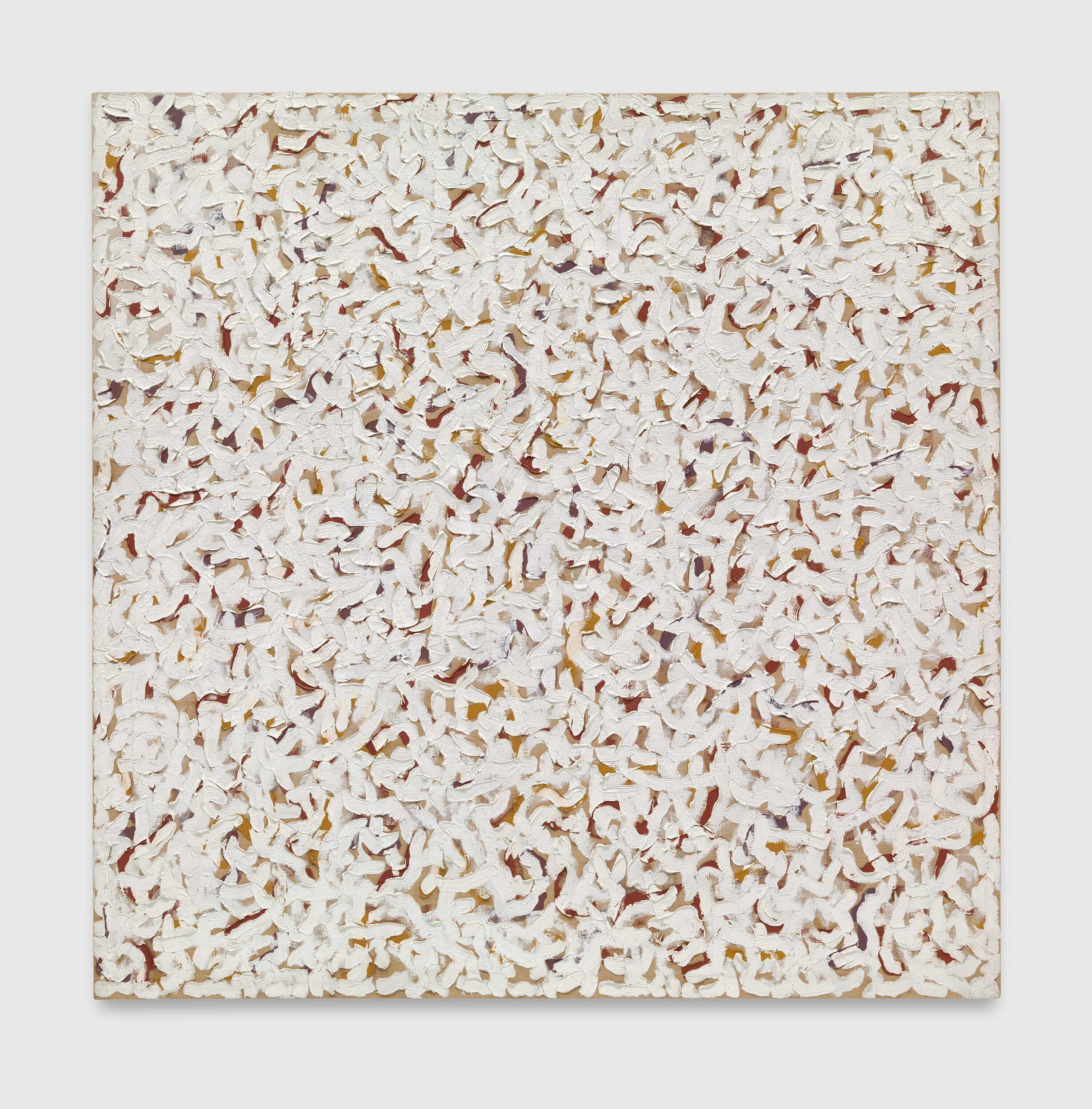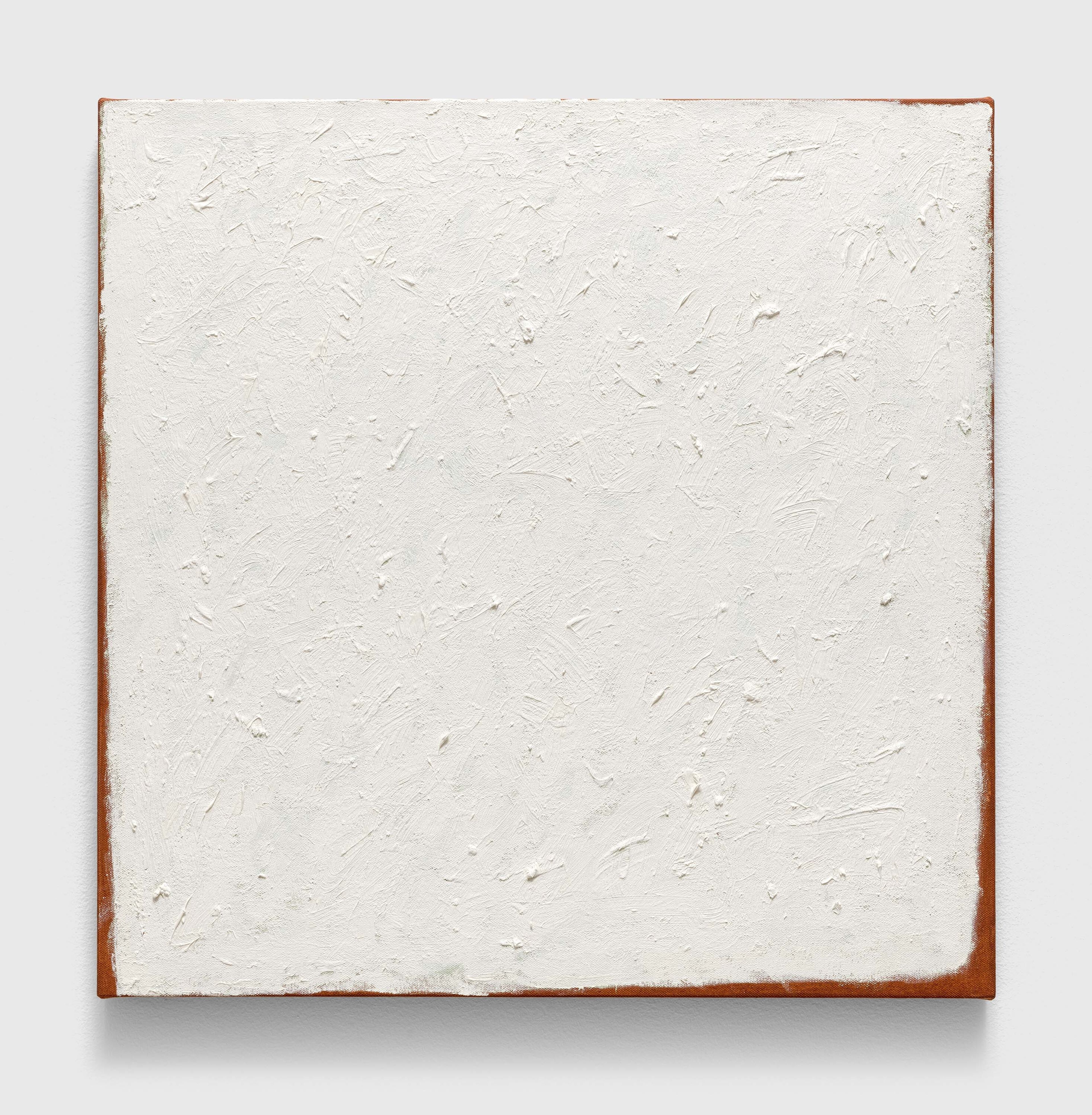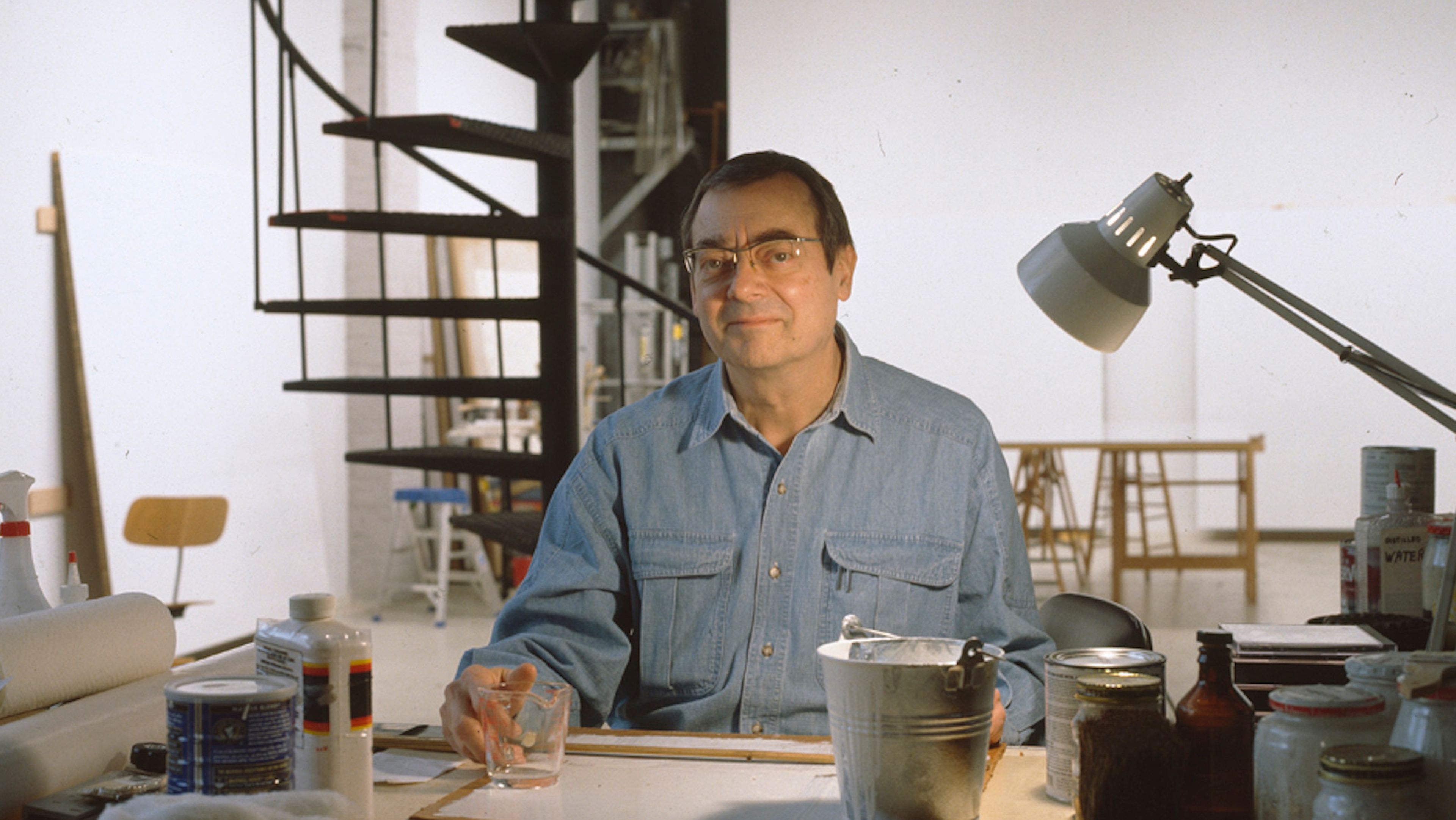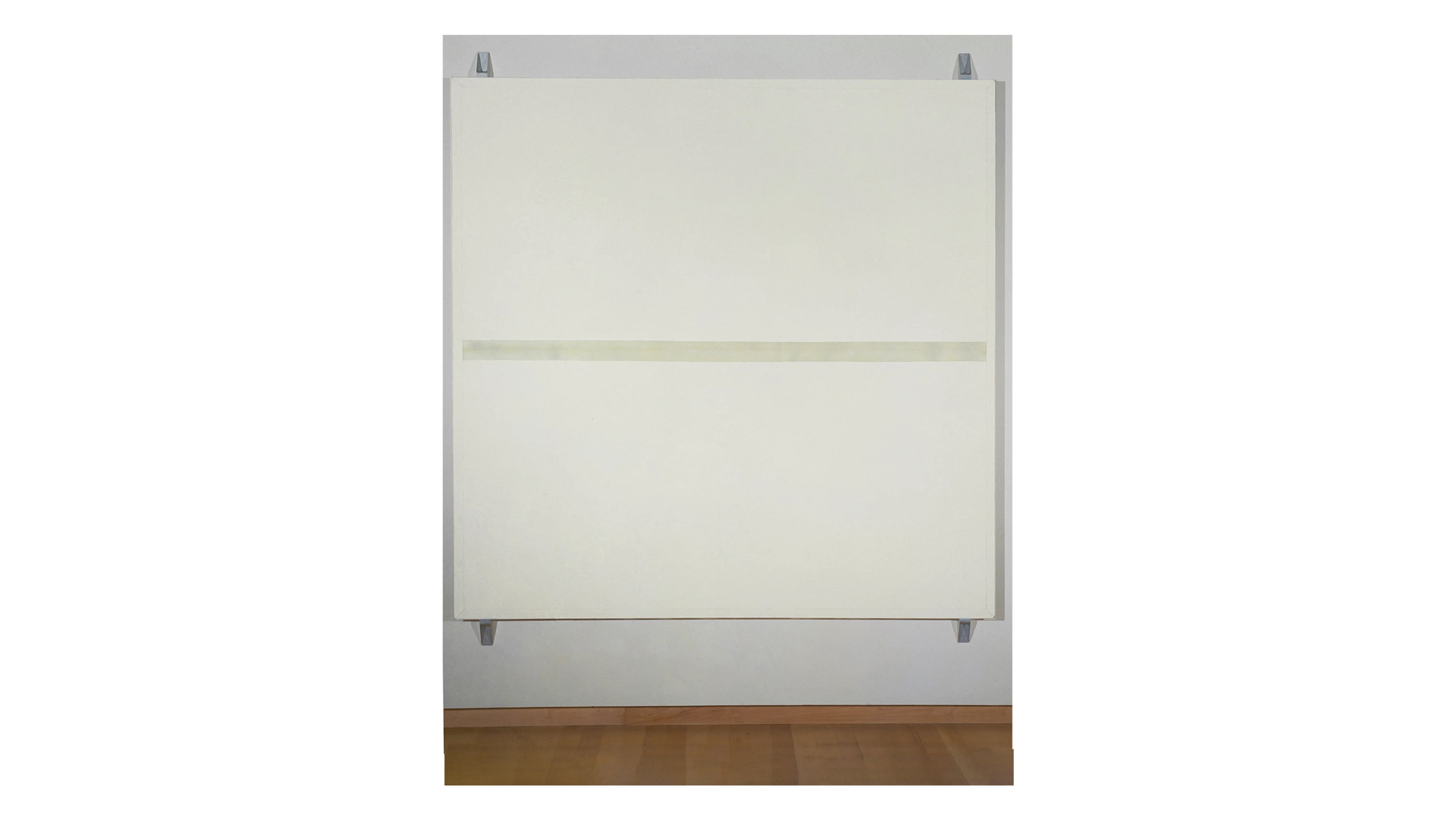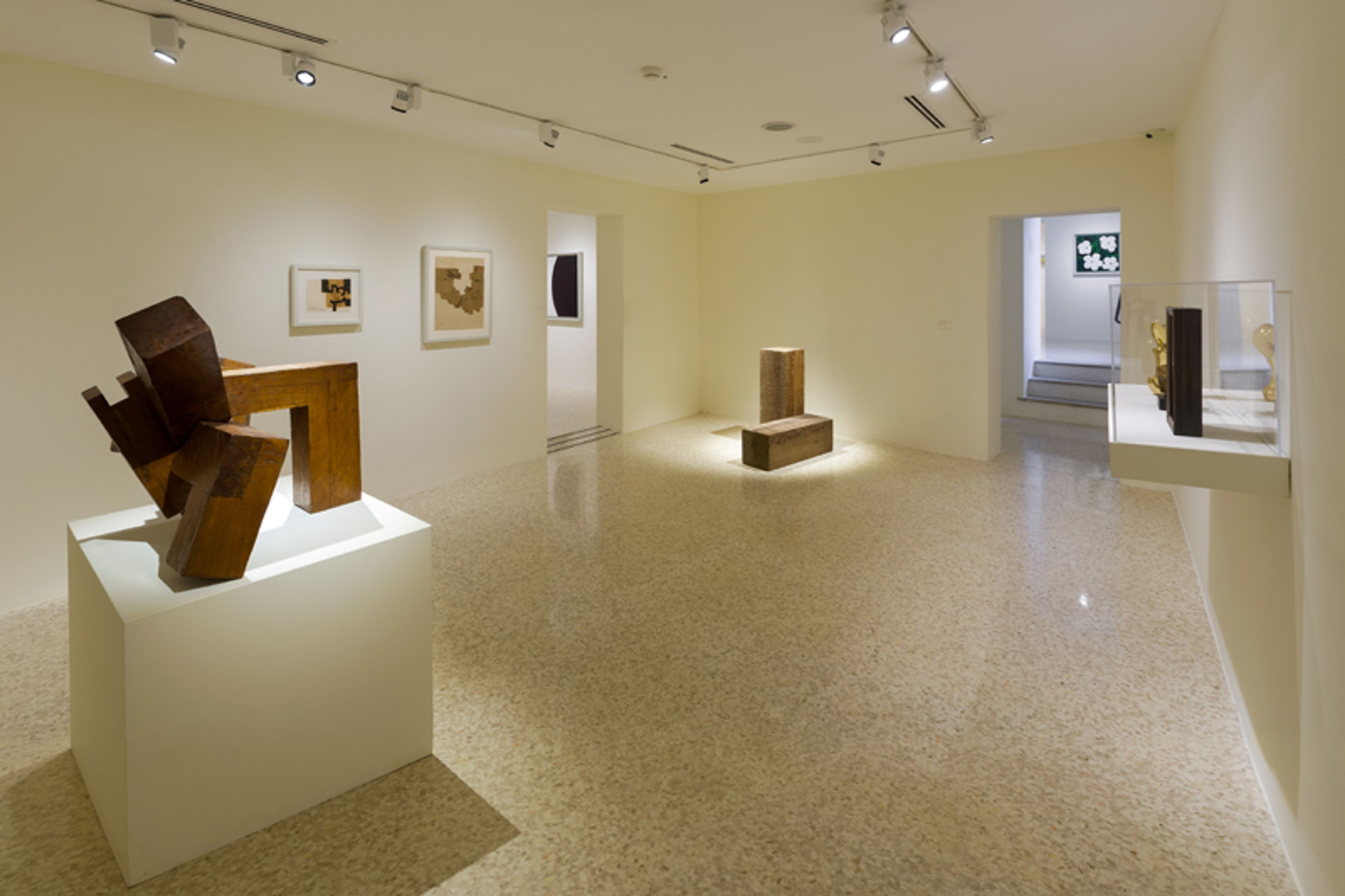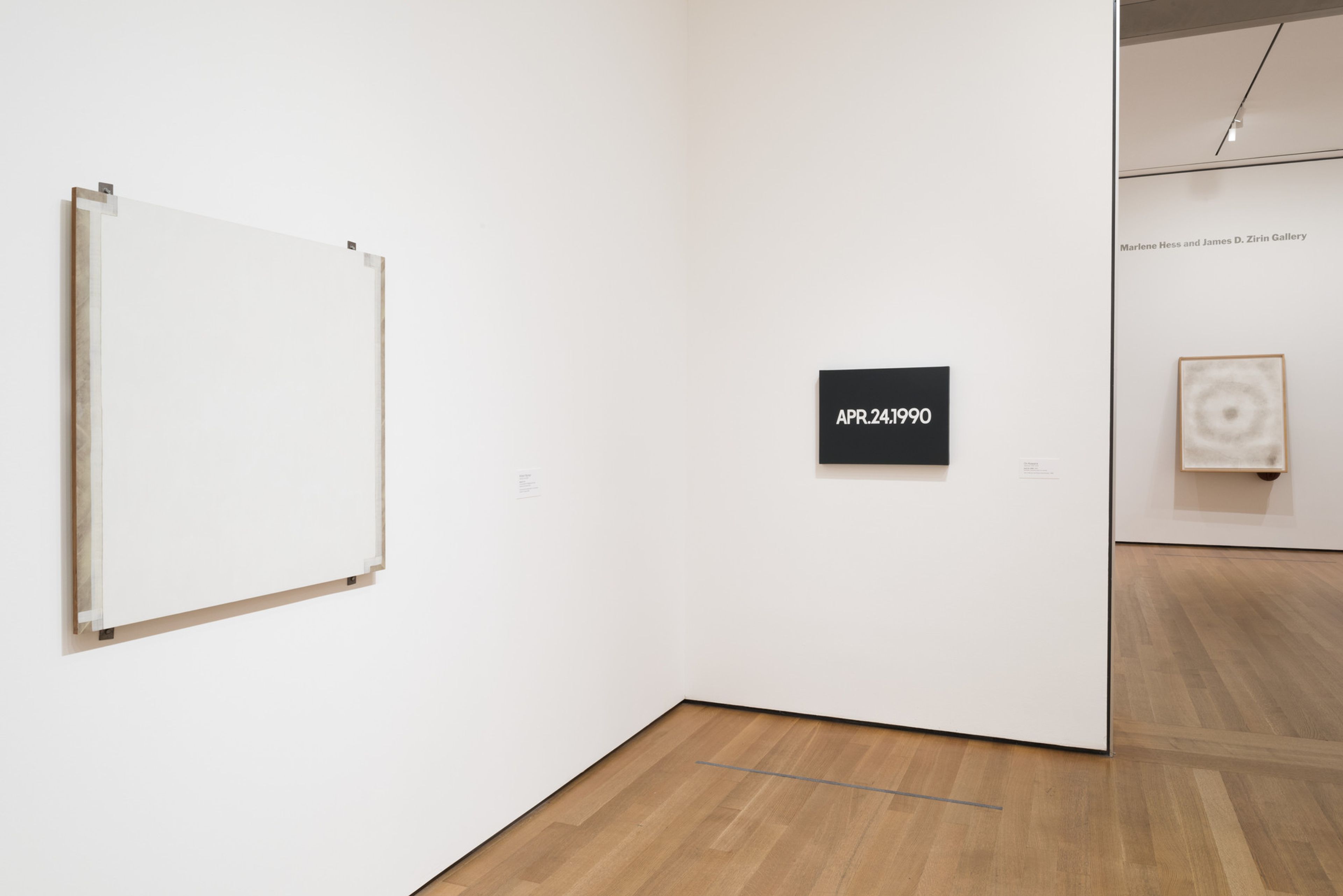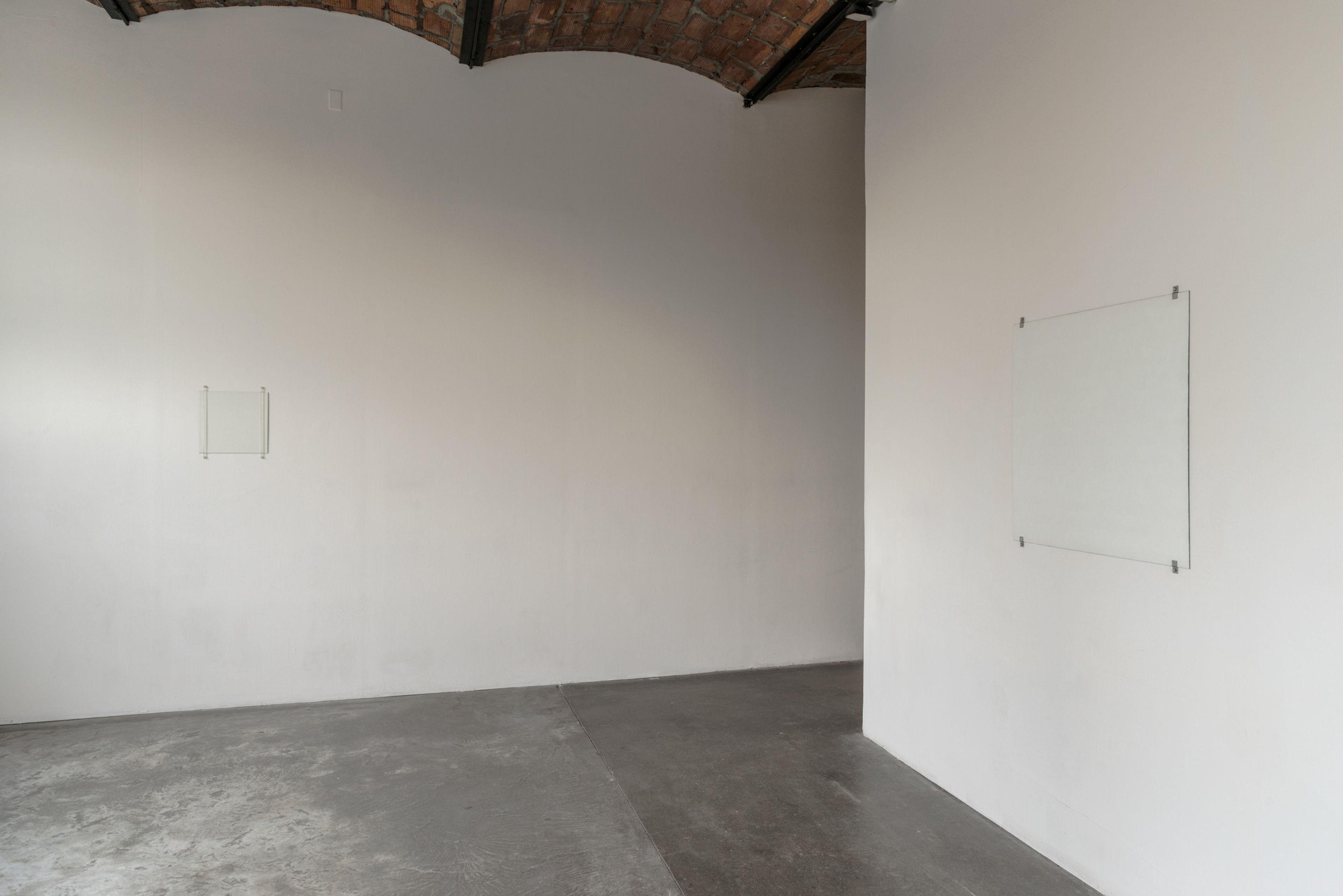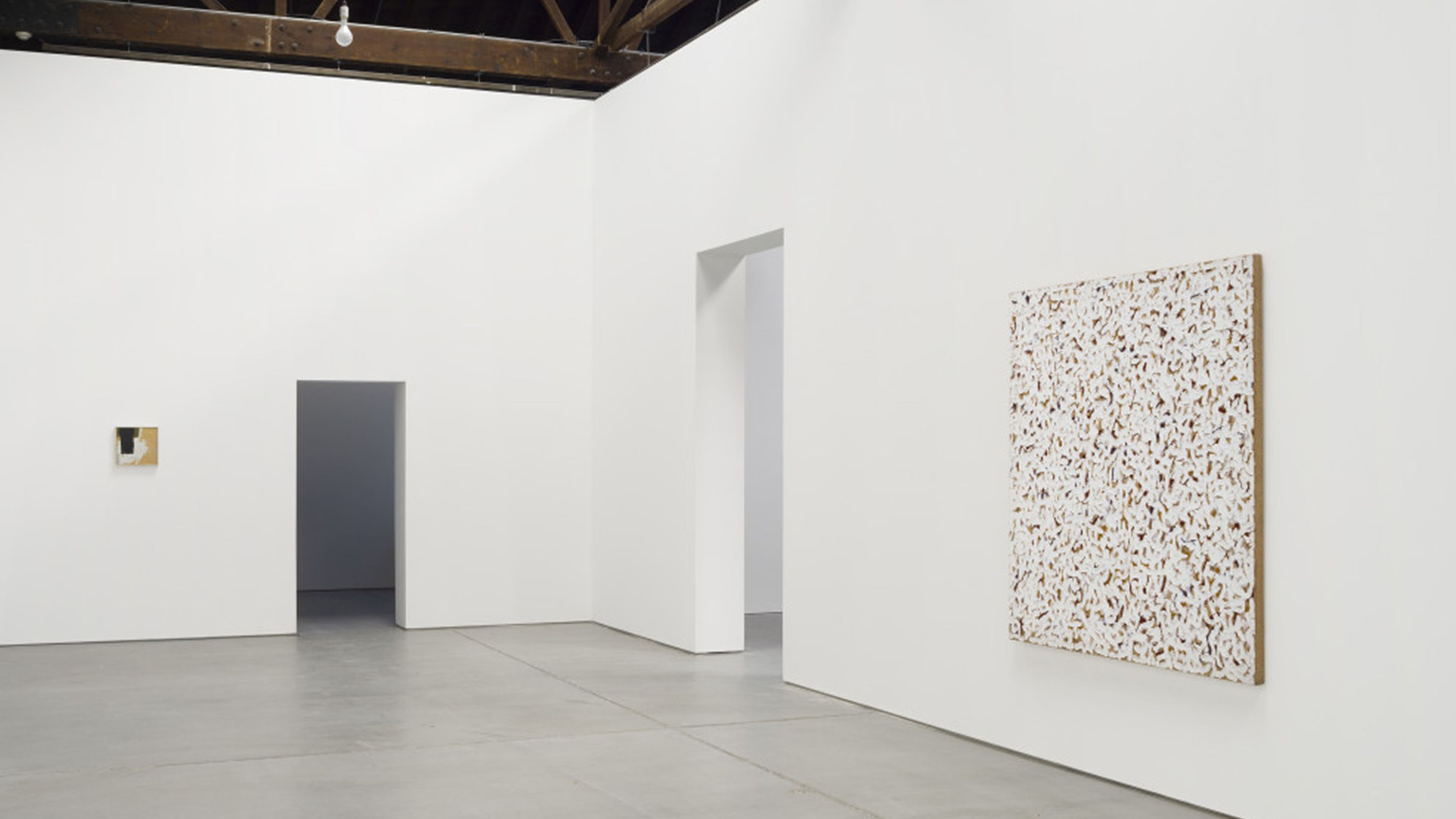Robert Ryman
Robert Ryman (1930–2019) is widely celebrated for his tactile works using white paint, in all its many permutations, which he executed using a range of painterly media on various supports, including paper, canvas, linen, aluminum, vinyl, and newsprint. His works are novel and sensitive explorations of the visual, material, and experiential qualities of his media that exist in a dialogue with their surroundings.
Learn MoreSurvey
Exhibitions
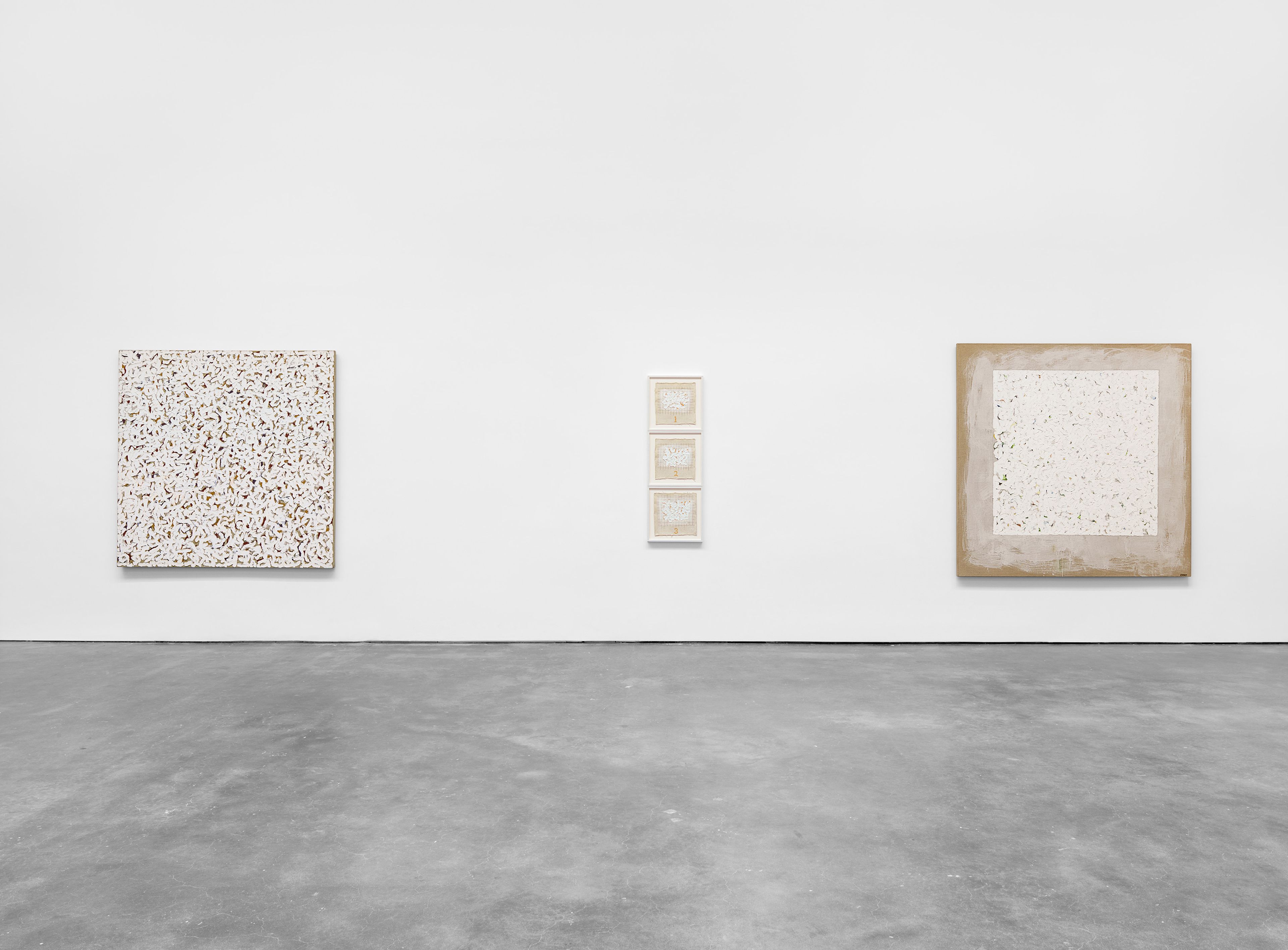
Explore Exhibitions
Artist News
Biography
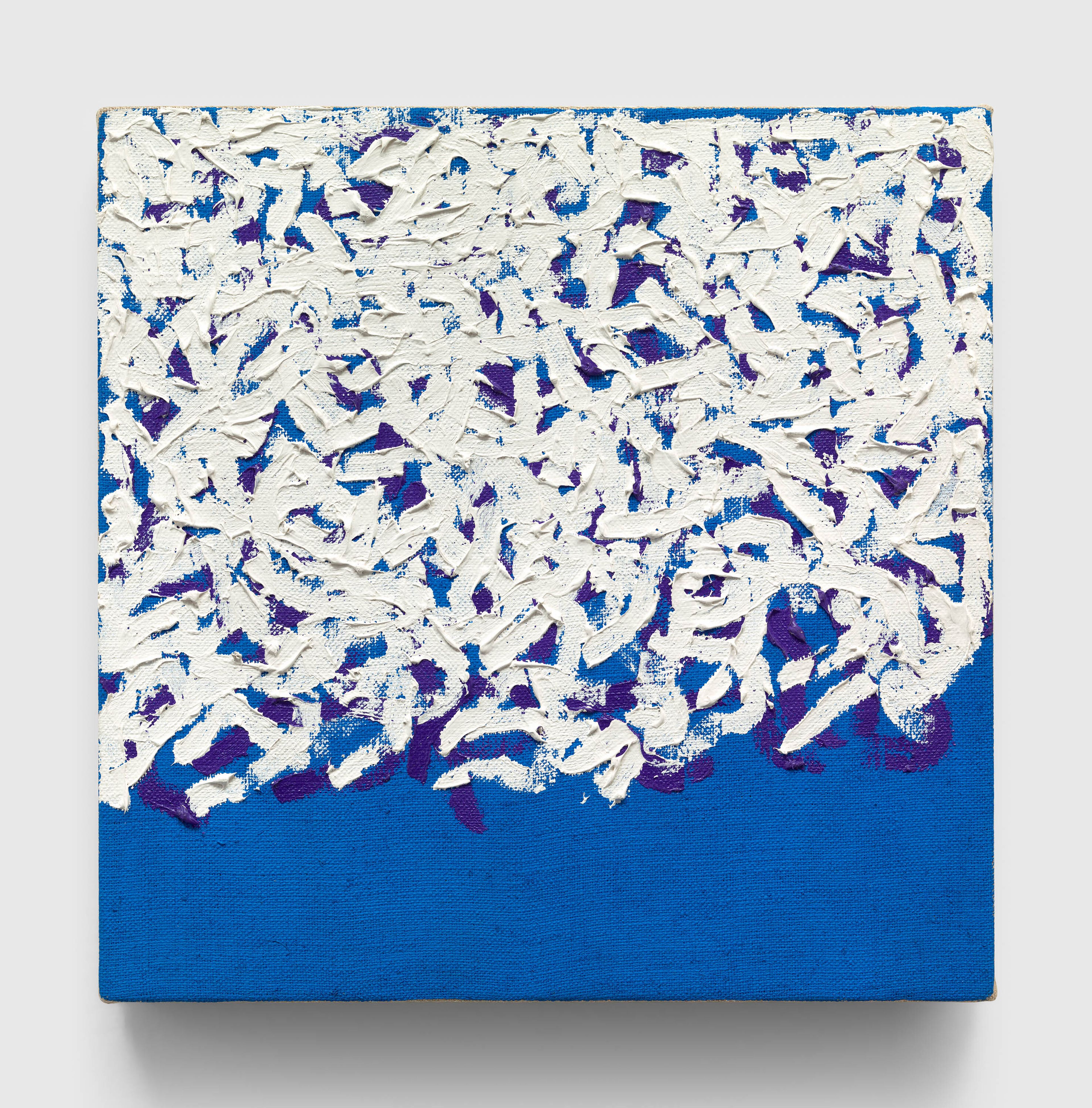
Robert Ryman, Untitled Study, 1963
Robert Ryman (1930–2019) is widely celebrated for his tactile works using white paint, in all its many permutations, which he executed using a range of painterly media on various supports, including paper, canvas, linen, aluminum, vinyl, and newsprint. Emerging in the 1960s, Ryman eschewed self-contained representational and abstract imagery, instead giving precedence to the physical gesture of applying paint to a support. Unlike many of the artists and movements with which he is often associated, such as abstract expressionism and minimalism (labels to which he never subscribed), Ryman neither reveled in the emotive qualities of gesturalism nor sought to eradicate the painterly mark; rather, his works are novel and sensitive explorations of the visual, material, and experiential qualities of his media that exist in a dialogue with their surroundings. His lifelong commitment to working in shades of white served as a means of enhancing the specific and the mutable in the experience of his art, calling further attention to the subtleties that distinguished one composition from another, and also drawing associations to conceptual art practices.
Ryman was born in Nashville, Tennessee. Between 1948 and 1950, he studied at the Tennessee Polytechnic Institute, Cookeville, and the George Peabody College for Teachers, Nashville. After two years in the Army Reserve Corps, Ryman moved to New York in 1952 to pursue a career as a professional jazz musician. The following year, he took a job as a security guard at The Museum of Modern Art, New York, where he would work for seven years. His time working at the museum in part inspired Ryman to devote his life toward painting.
Ryman had his first solo exhibition at Paul Bianchini Gallery, New York, in 1967, followed by several solo shows at influential galleries in Europe and the United States in the late 1960s and early 1970s, including Galerie Heiner Friedrich, Munich, and Cologne (1968, 1969, 1971, 1972); Galerie Konrad Fischer, Düsseldorf (1968, 1969, 1973); Fischbach Gallery, New York (1969, 1970, 1971); Galerie Yvon Lambert, Paris (1969); Dwan Gallery, New York (1971); and Lisson Gallery, London (1972-73).
The artist joined David Zwirner in 2021, and his first solo presentation at the gallery, The Last Paintings, was held in New York in 2022. Robert Ryman: 1961–1964 at David Zwirner New York and Robert Ryman: Line at David Zwirner London were both on view in early 2024. A solo exhibition of Ryman’s work was presented at David Zwirner Hong Kong in 2025, marking the artist’s first solo presentation in Greater China.
His first institutional solo exhibition was at the Solomon R. Guggenheim Museum, New York, in 1972. Subsequent solo presentations at museums include those held at Stedelijk Museum, Amsterdam (1974); Kunsthalle Basel (1975); P.S. 1 Institute for Art and Urban Resources, Long Island City, New York (1977); Halle für internationale neue Kunst, Zurich (1978, 1979, 1980); Institute of Contemporary Art, Boston (1986); Art Institute of Chicago (traveled to San Francisco Museum of Modern Art; 1987–1988); Tate Gallery, London (traveled to Museo Nacional Centro de Arte Reina Sofía, Madrid; The Museum of Modern Art, New York; San Francisco Museum of Modern Art; and Walker Art Center, Minneapolis; 1993–1994); Haus der Kunst, Munich (traveled to Kunstmuseum Bonn; 2000–2001); Kawamura Memorial Museum of Art, Sakura, Japan (2004); Dallas Museum of Art (2005–2006); The Menil Collection, Houston (2007–2008); and The Phillips Collection, Washington, DC (2010). In 2015 to 2016, Dia Chelsea, New York, presented a retrospective of Ryman’s work that spanned several decades of the artist’s career. The exhibition traveled to Museo Jumex, Mexico City, in 2017. Robert Ryman. The act of looking, a major survey of the artist’s work, was on view at Musée de l’Orangerie, Paris, in 2024.
Ryman’s work can be found in prominent institutional collections worldwide.

Request more information
